How to Grow and Care for Indoor Plants Successfully
Besides looking nice, indoor plants do a lot of good for you and your home. They can help freshen the air, lift your mood, and even make your space feel more peaceful. Caring for plants helps me slow down and relax, especially after a busy day.
There’s also something satisfying about watching something grow under your care, much like raising a pet from birth. A new leaf or flower feels like a small win. Plus, you can pick plants that match your style or make a room feel a bit more put together.
This post may contain affiliate links, which helps keep this content free. Please read our disclosure for more info.
Choosing the Right Indoor Plants
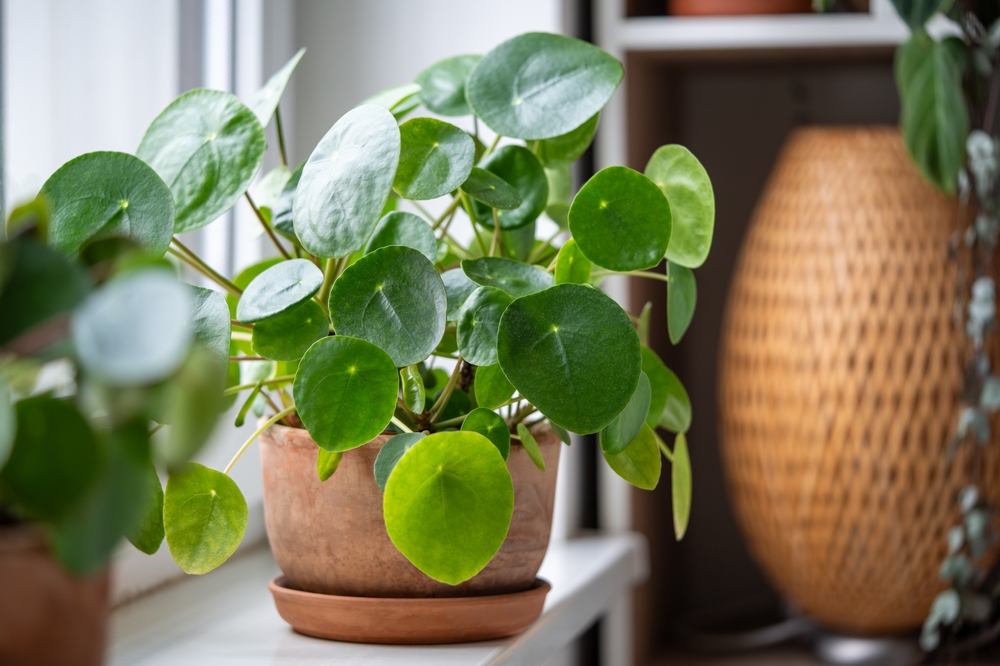
Before you bring a plant home, think about where you’re going to put it. Some need lots of light, while others prefer the shade. Think about how much space you have, how warm or cool your place is, and how much time you want to spend on caring for the plants.
If you’re just starting, go for plants that are easier to grow first.
- Pothos
- Snake plants
- Peace lilies
You won’t have much trouble taking care of them, and they won’t die quickly if you forget to water them every now and then.
Some plants need more attention than others. Fiddle leaf figs and calatheas are pretty, but taking care of them needs a bit more effort. Think about your lifestyle and choose the plants that match it.
Understanding Indoor Plant Lighting Needs
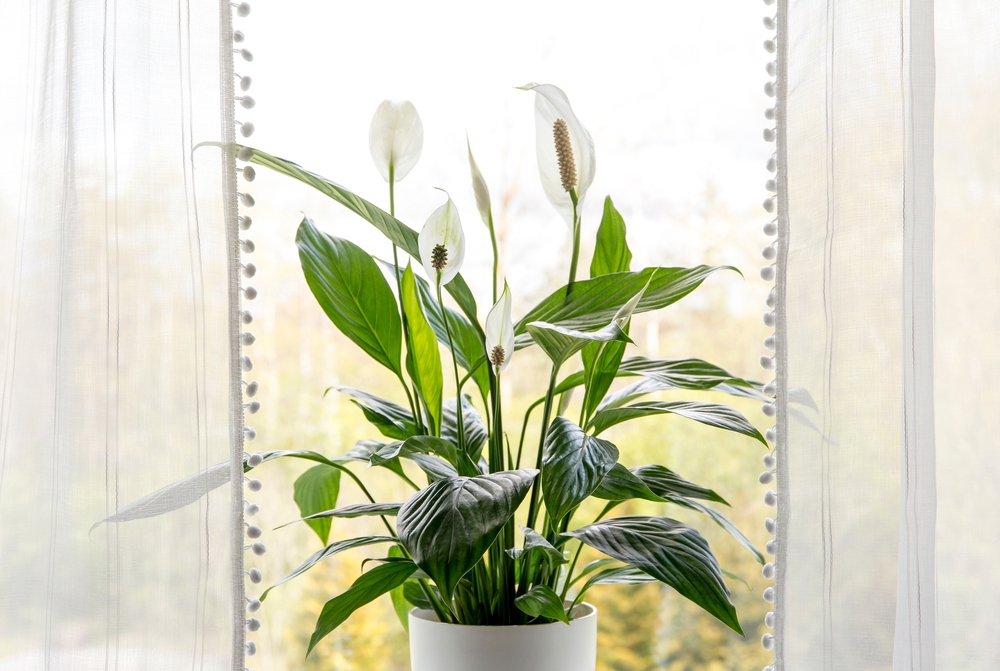
Light is one of the biggest things to get right. Some plants love a sunny window, while others do better away from direct sun. If your place doesn’t get much light, a grow light can help.
- Direct light means the sun shines right on the plant
- Indirect light is bright but filtered, like near a curtain
- Low light is farther from the window or in shaded spots
Spend a few days noticing where the sun hits in your home. That’ll help you pick the best plant for each spot, or the best spot for the plant you already have.
Potting and Choosing the Right Soil
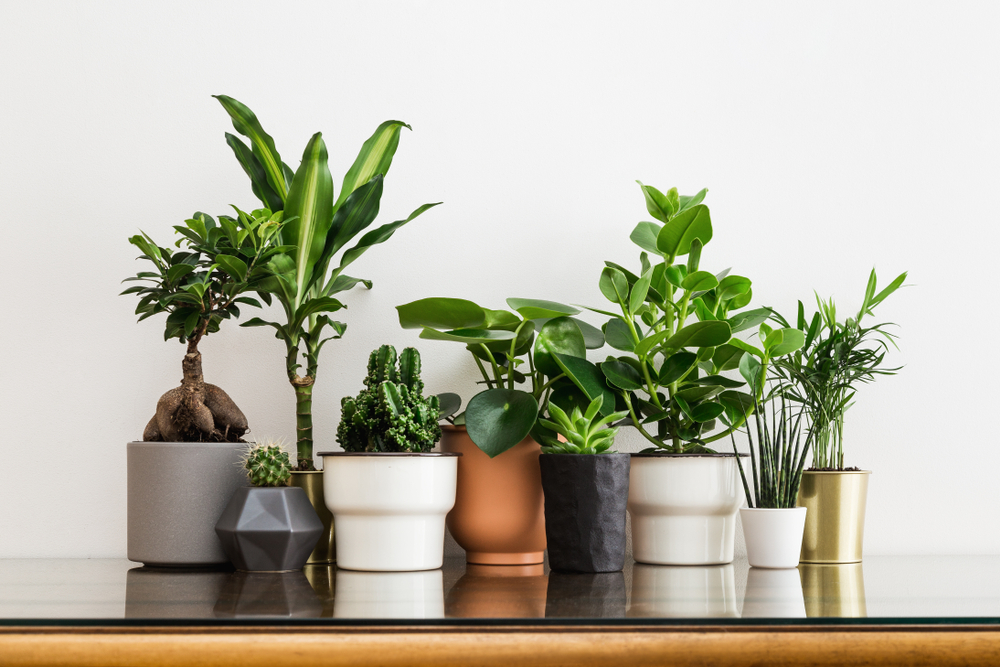
Most houseplants prefer light, well-draining soil. A basic potting mix made for indoor plants usually does the trick. Garden soil from outside is too dense and can bring in pests.
Drainage is really important. Pots should have holes at the bottom so extra water can escape. If your favorite pot doesn’t have one, you can keep your plant in a plastic liner pot and tuck that inside.
When it’s time to repot, go up just one size. Too big a pot can make the soil stay soggy too long. If roots are growing out of the bottom or the plant dries out too quickly, it’s probably time to move them to a bigger pot.
Watering Indoor Plants
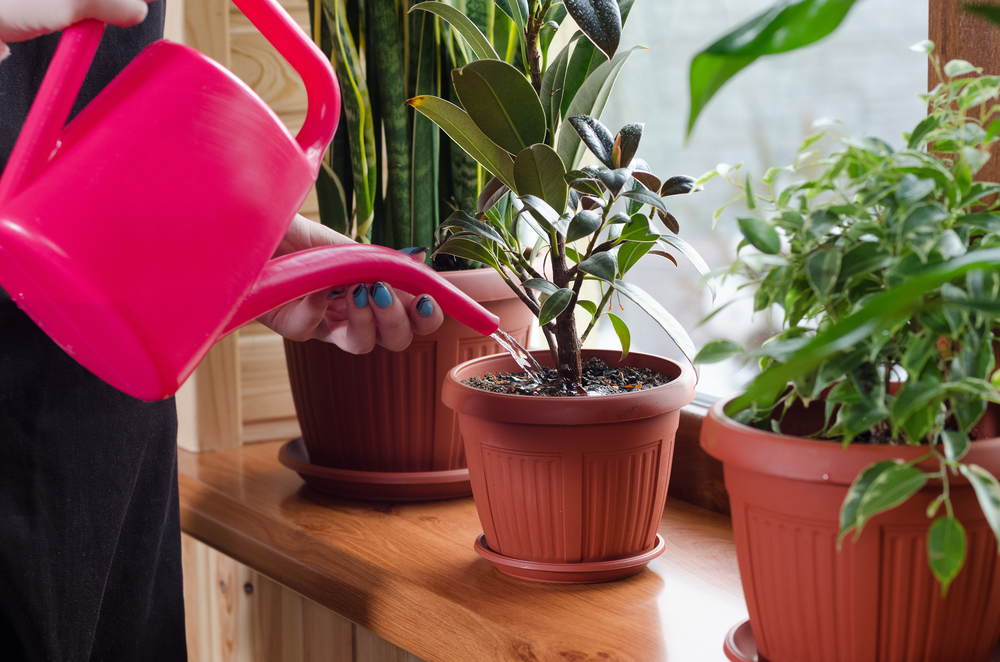
There’s no perfect schedule for watering. It depends on the plant, the time of year, and the room conditions. Some plants like to dry out before being watered again, while others prefer getting watered from time to time.
Water at the base and try not to splash the leaves. Use a small watering can so you don’t overdo it. You can also use your finger or a moisture meter to check if the soil is ready for another round.
Temperature and Humidity Requirements
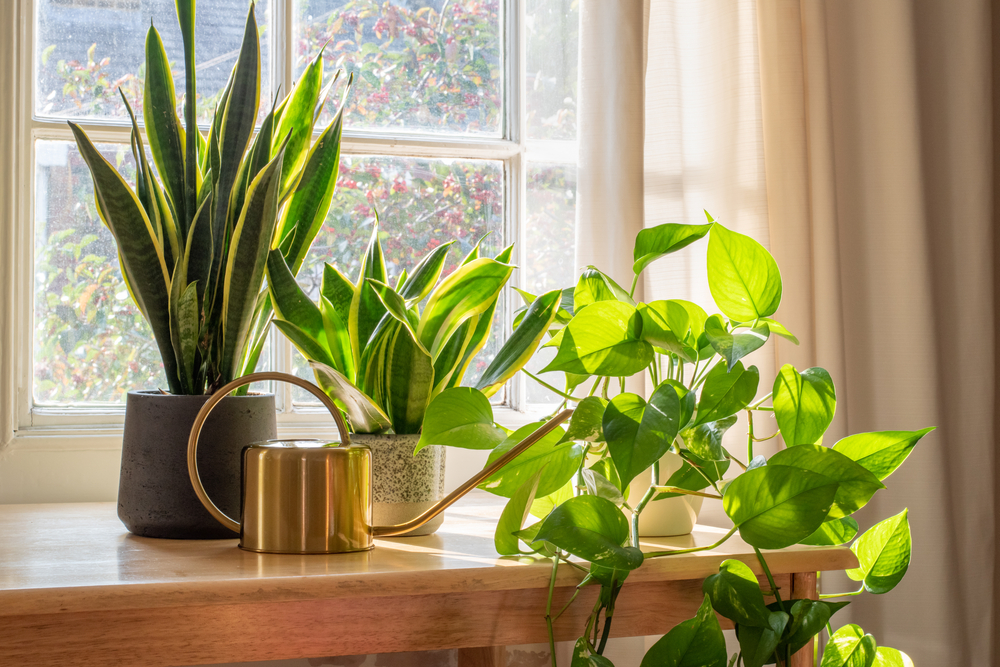
Most indoor plants are happy in the same temperatures people enjoy. Anywhere from 65 to 75°F works well for most types. Just keep them away from cold drafts, heaters, or air conditioners blowing right on them.
Some plants need extra humidity, especially tropical ones like ferns and calatheas. There are a few things you can do to help them out.
- Setting a shallow tray of water and pebbles under the pot
- Placing plants close together
- Running a humidifier nearby
Even regular misting can help keep the leaves from drying out, especially during winter when heaters are running.
Fertilizing Indoor Plants
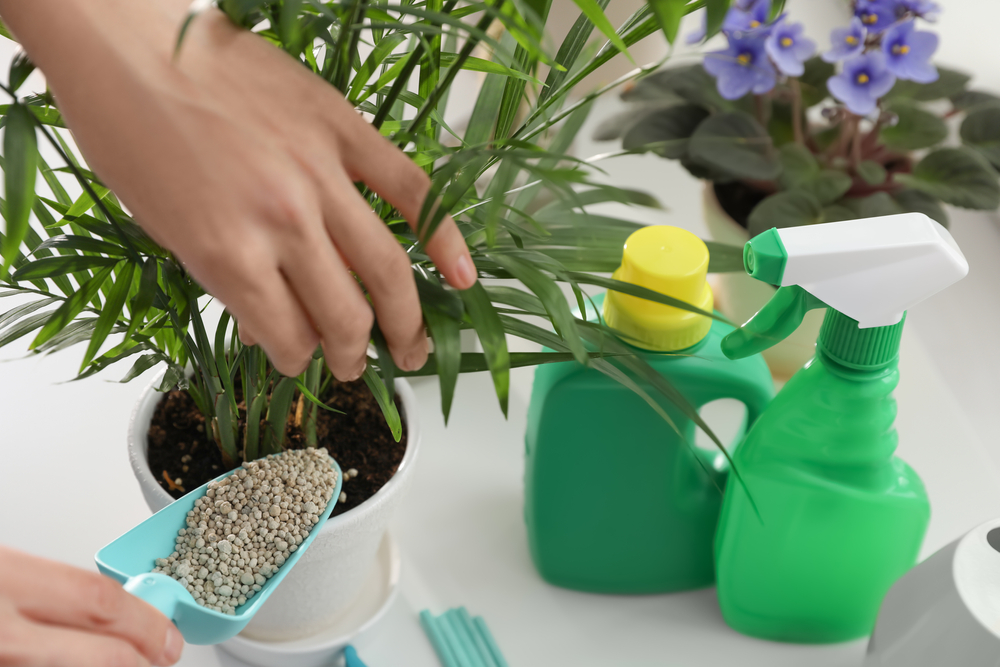
During the growing season, your plants will appreciate extra nutrients. A balanced liquid fertilizer once a month is a good rule of thumb for most houseplants. In winter, they usually rest, so you can skip feeding during that time.
If you prefer something low-effort, you can use slow-release pellets that go right into the soil. Just make sure you follow the instructions on the package. Too much fertilizer can burn the roots or cause weak, leggy growth.
Dealing with Pests and Diseases
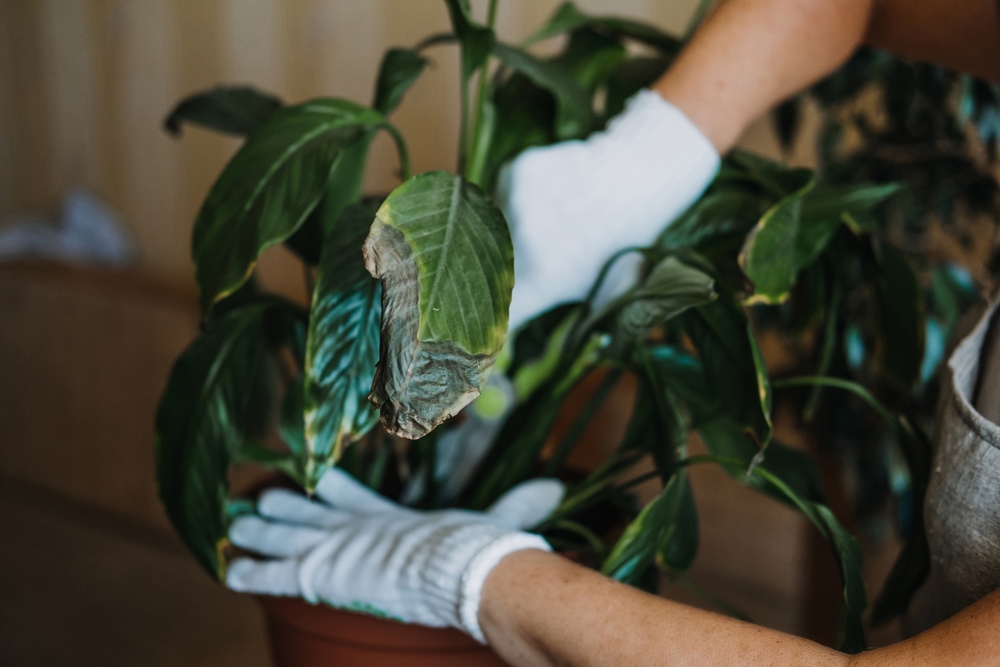
Even healthy-looking plants can end up with bugs from time to time. Spider mites, aphids, and mealybugs are the most common troublemakers. You might notice sticky spots, curled leaves, or tiny webs.
Here’s how you can take care of them without damaging your plants.
- Spray leaves with soapy water
- Use neem oil or an organic pest spray
- Quarantine new or infected plants until the problem is gone
Check your plants regularly, especially under the leaves where pests like to hide. Keeping the leaves clean and not overwatering goes a long way in keeping bugs away.
Pruning and Trimming Indoor Plants
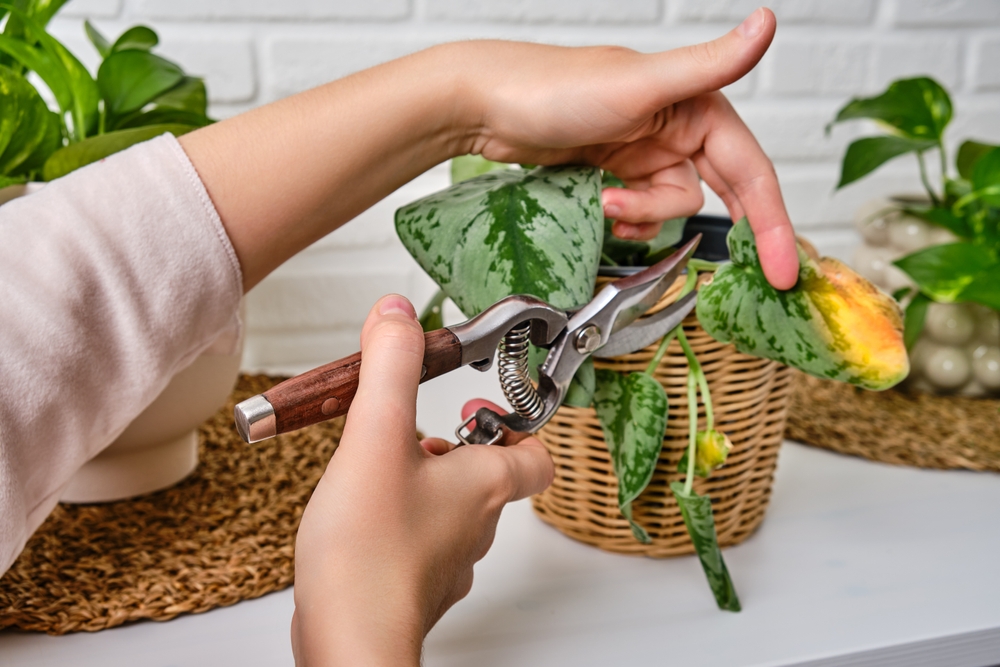
Pruning helps your plant stay full, healthy, and looking good. It encourages new growth and removes anything that’s damaged or dying. Most houseplants don’t mind a light trim every now and then.
Use clean scissors and cut just above a leaf node, which is where new growth can pop out. You can also pinch the tips of some plants to keep them from getting too tall or leggy.
Common Indoor Plant Care Mistakes to Avoid
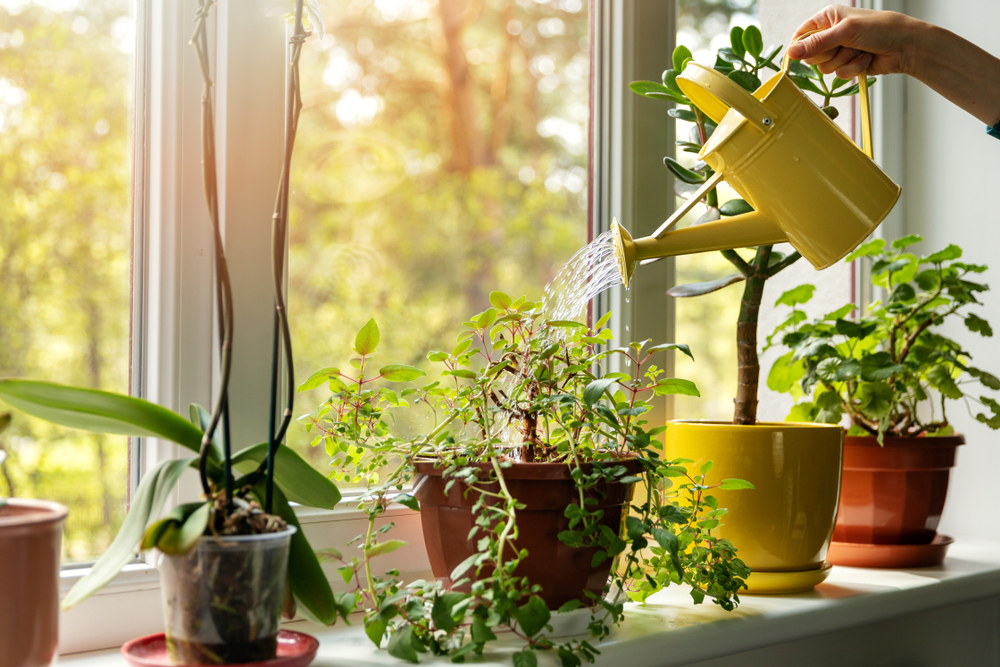
It’s easy to go overboard with water, especially when you’re worried about your plants. Letting the top inch of soil dry out before watering is a good habit for most plants. Don’t forget to check the bottom of the pot too.
Here are other mistakes you’ll want to avoid.
- Keeping a plant in poor lighting
- Using the wrong kind of soil
- Leaving a plant root-bound for too long
Each plant has different caring needs, so take the time to learn what yours likes. Most of the time, they’ll let you know when something’s off.
Caring for indoor plants isn’t as tricky as it seems. As long as you pay attention to water, light, soil, and the occasional trim, you’re well on your way to a thriving plant collection.
Start with just a couple of plants and see how it goes. Try out different types and find what works in your space. It’s a hobby that grows on you, literally.
This article originally appeared on Avocadu.
